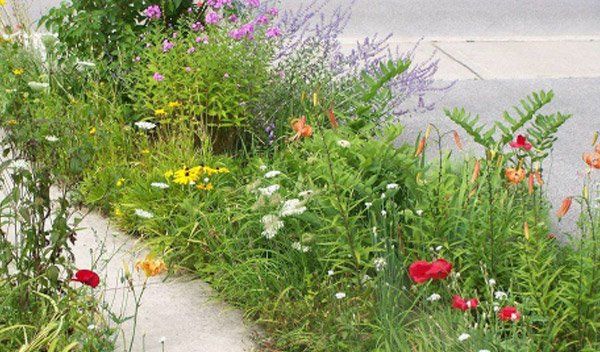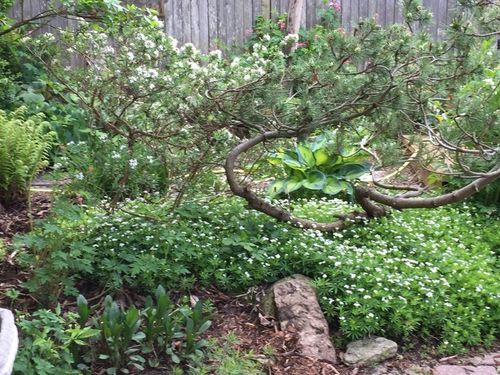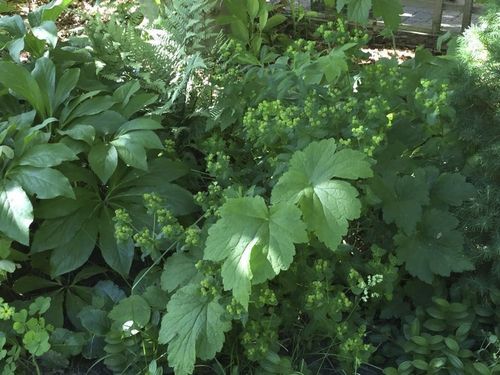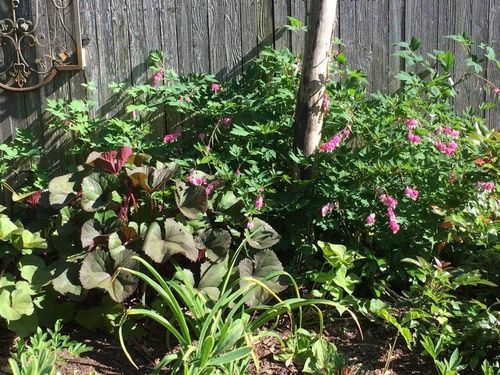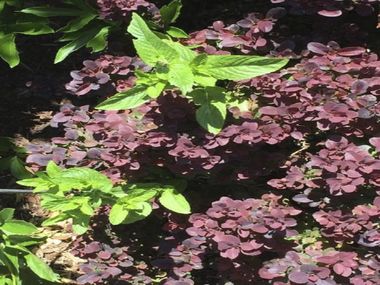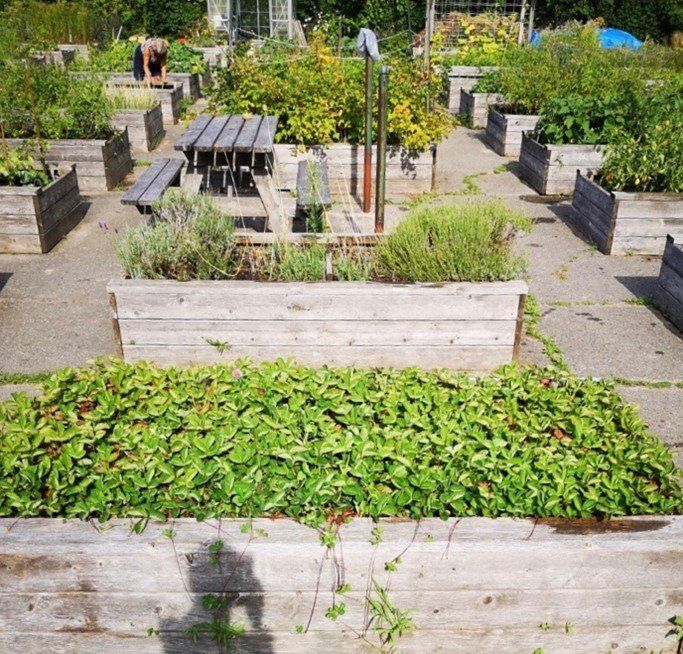New to Gardening — Question and Answer
Question:
I recently moved into a new home and have inherited quite a large garden. There are many pretty flowering plants my friend told me to get rid of because they’d be a problem in the future. As I am new to gardening, I’m not sure what plants should stay and what should go. Can you help?
Answer:
Beware the Pretty Ones
When we first moved into our house about 15 years ago the garden was established with some nice shrubs and a few small perennials that were thriving. As I added plants and made the garden my own – l left in these small, pretty plants, which at that time were unfamiliar to me.
Little did I know.
Though none of these plants are noxious weeds, or government designated alien invasives, they can become problems if you let your guard down. They spread – in various sly ways – and can charm you into thinking you can just let them be. Some will reseed and cover any open areas of soil. Some will spread by runners and turn up in unexpected places.
These are my top five to keep an eye on.
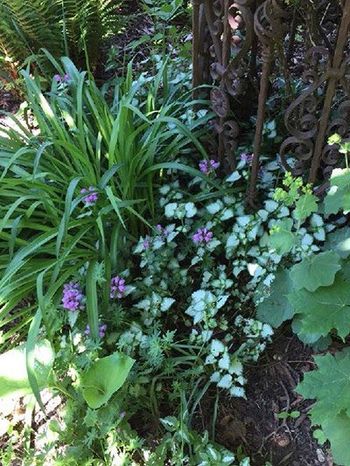
Lamium maculatum is a low growing plant with lovely variegated leaves and an abundance of small brightly coloured pink flowers in the spring. It does well in shade and part shade – which makes it very useful. I now know it is used as a ground cover in warmer climates. I wish I had known that sooner! Keep an eye out and if it is in a place you don’t want it – remove it. Don’t make my mistake and just leave it there because it’s pretty.
Sweet Woodruff (Galium odoratum) is another charming, low growing, spring flowering plant. It has interesting whorled leaves and a light scent. And it can take over your garden if you aren’t careful. I am trying to keep it contained but it keeps showing up where ever it wants so I might have to get tough and remove it completely. Or at least try to.
Japanese Anemone (Anemone hupehensis) is a fall flowering plant. Tall stemmed and stately, it is definitely a positive addition to a part-shady spot in autumn. Though newer cultivars are less aggressive, the older varieties were known to “naturalize to form colonies” and may “out compete surrounding herbaceous perennials”. Its relatively easy to remove new shoots in the spring when all you have are the heart shaped toothed leaves. Try to resist the urge to “just see it flower first” in September.
Bleeding Heart (Lamprocapnos spectabilis AKA Dicentra spectabilis)
has got to have one of the most interesting blooms around - a delicate upside-down heart with a “bleeding” centre. Exquisite! And it will seed anywhere it can get to. The first year the plant is small and has just enough of those beautiful blooms to keep you from pulling it out. By the next year it will be a large plant – “outcompeting” other plants in the neighbourhood. Just when you are getting used to having it there and enjoying its spring show of blooms, it will disappear – leaving a hole where it (and the original perennials) once were.
Mint
There are many kinds of mint – I think the one I inherited is Spearmint – Mentha spicata.
This is a plant that doesn’t charm you with its looks but it smells and tastes divine.
And though it is nice to have enough mint available for making tabbouleh and Mojitos, there is a limit. All mints are aggressive rhizome producers and will spread until they hit a physical barrier. Make your barrier the rim of a large pot – don’t plant it in your garden.
Latest Blog Posts
